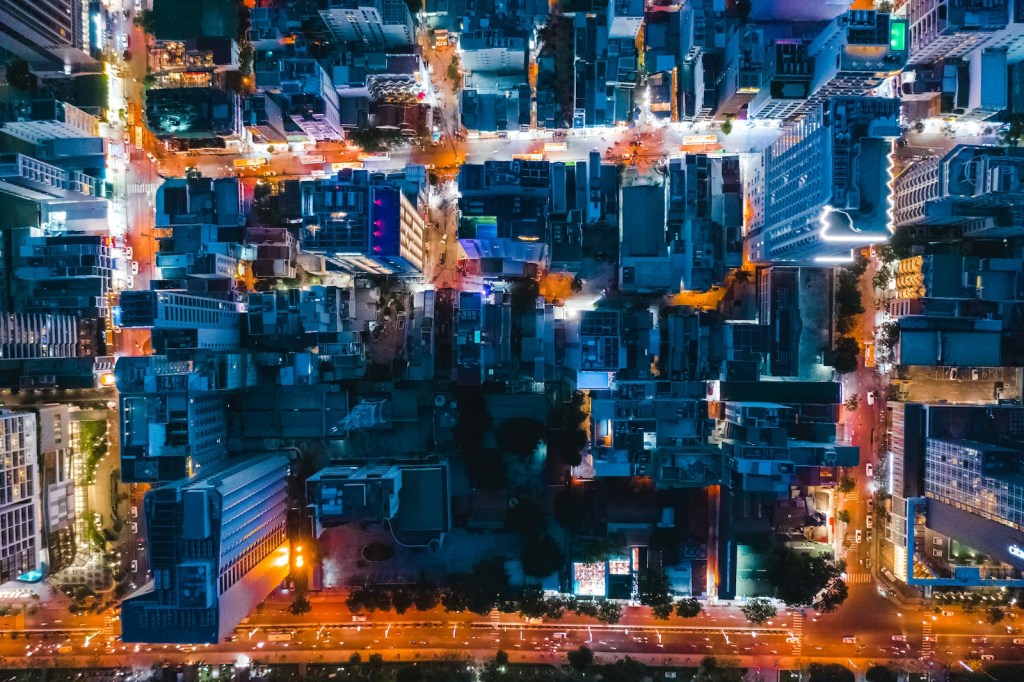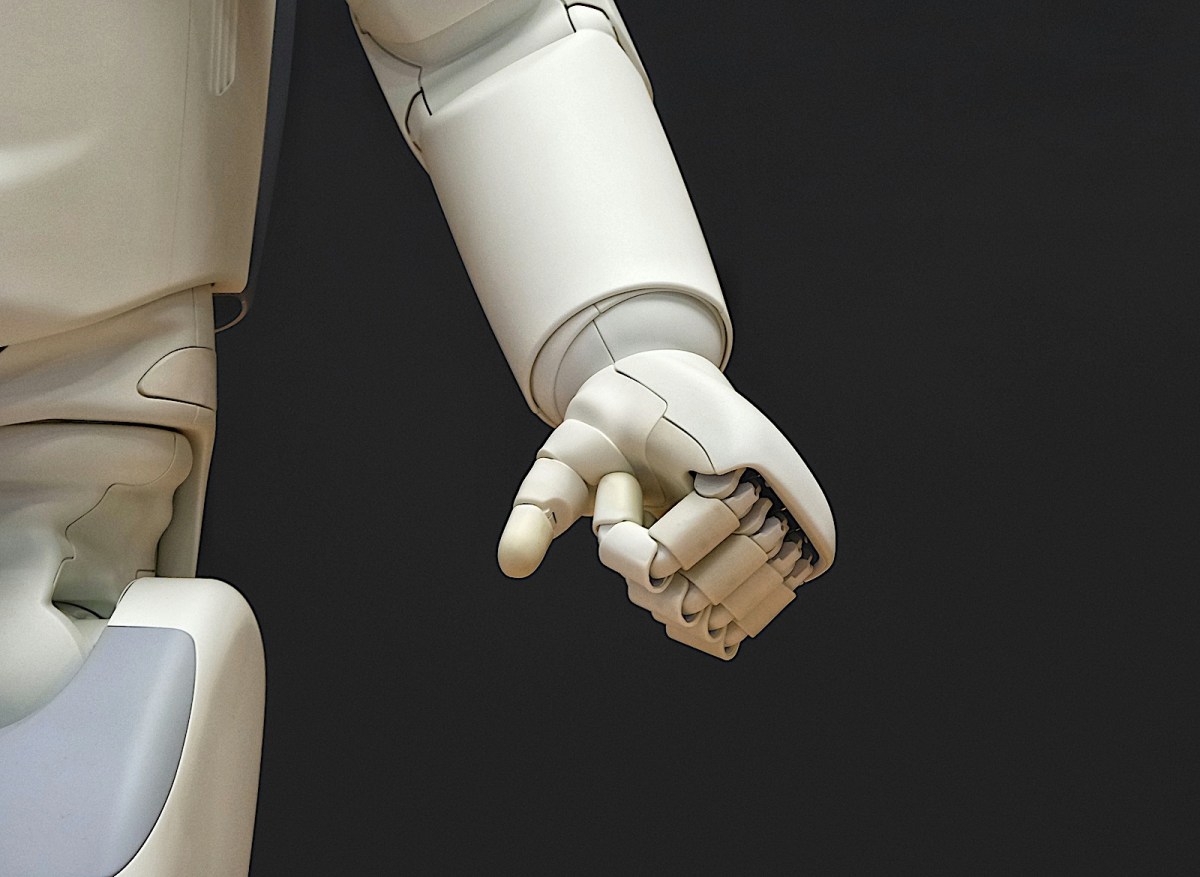When C-3PO first appeared in Star Wars in 1977 as a vital part of the enterprise workforce – a humanoid droid “employed” to assist in etiquette, customs and translations – it offered a premonition of a future robotic workforce.
While robotics are de rigueur for some industries today (just look at the car industry or medical science), the arts have remained rigorous in their celebration of individual creativity of the human kind.
Perhaps the greatest future impact on the arts, design and creative industries is not robotics, but AI technologies.
To help speculate what that future may look like – and prepare for it – ArtsHub asked sector leaders what they think their arts job will look like in 2030, and what could be the challenges, the changes and the commonalities that stick? These were their thoughts.
In this article:
Jo Duck, Photographer
2030: I walk into a studio for a commercial job. An unpaid robot hands me a scalding pinto bean latte. All the soy and oats are long gone.
The camera wishes me a good morning and dances a pleasant jig. I won’t be touching that thing today.
A client appears, larger than life on a screen, like George Jetson’s angry boss.
I plug myself into an ergonomic chair via the port in my neck, close my eyes and imagine the image I’ve been commissioned to create.
The result is beautiful. I communicate the composition, colour harmony, subject matter, quality and direction of light, pose, gesture, expression, time of day and je ne sais quoi to the machine via furious blinks of my eye.
Digital dolphins applaud from the giant fish tank in the studio. Virtual glitter rains from the ceiling.
I get paid my $1.60 and leave.
Jo Duck is both a fine art and commercial photographer, and is currently showing as part of PHOTO2024. More on Jo Duck.
Read: PHOTO 2024 program revealed with photography trail in the CBD and beyond
Chris Yee, Animator
When I began my animation journey (studying textiles and web design in university), it was the exact same time that YouTube started to take off with design vloggers and DIY tutorials. From my freelance illustration career I was very familiar with digital art, but through these videos, I was able to self-teach and transition my core storytelling into animation.
With AI being the buzzword over the last year, the reality is it is rapidly changing our industry. Jobs are already being lost, but when I look back at my community and cultural upbringing, optimistically it is another method of accessibility to enter the creative field without education or privilege.
In 2030 I think many elements of my practical work as an animator will be lost, but the field of possibility for storytelling will be far wider. We’ll hear more nuanced stories and have a more complete exposure of what Australia really is represented in the creative scene. In my job – what I do now – I am not close to the best, or best educated. But I truly believe storytelling is the more valuable element, and I’ll be around to support mine as well as facilitate that of others.
Follow Chris Yee.
Caroline Geraghty, Gallery Registrar
Sustainability plays a critical role in the future of registration practice. As museums move towards greener options, storage and freight are two integral components of collection and loan management that impact our environment.
At the Art Gallery [of NSW], we are reimagining how we approach storage by researching objects that tolerate wider climatic temperatures, and planning collection storage facilities with ambient or wider parameters to reduce carbon generated from air-conditioning systems.
Encouraging the two leading fine art logistics groups, ARTIM and ICEFAT, to incorporate the use of electrical vehicles and offer carbon offsets for freight as part of their service would be great initiatives. The Bizot Group has renewed its Green Protocol, to which the Art Gallery is a signatory, and expanded its research to encompass registration areas including courier and freight methods.
I am confident the Bizot Group will continue to identify how best practice can be balanced with the environment in mind at a global level.
Caroline Geraghty is Head of Registration at the Art Gallery of New South Wales.

Ramin Jahromi, Architect
Architecture is an interesting profession, in that it has had to exist for as long as we humans have needed shelter. This need for shelter started when we lived in caves and creeks … and still exists today as we find ourselves furnishing luxury apartments in 80-storey towers, with views over mega cities seething with human life.
The development of the profession, as we head to 2030 and beyond, depends on numerous factors such as environmental challenges, technological advancements, and shifts and changes in society and culture.
The key question is not whether we need architects, rather, what it means to be an architect in 2030 and beyond, and what does that job description entail?
The development of the profession fits within the following categories, and its evolution and success significantly depend on how the architectural discipline embraces these. Areas shaping the evolution of the profession moving into our collective future are:
- Climate and disaster resilience – as architects we need to work closely with experts to bring constant innovation in designing both built form and our cities, so that we prioritise efficiency and renewable energy. This innovation in sustainability must be as seamless as the integration of wastewater in your home – critical for civilisation, yet going largely unnoticed.
- Technological advancements – be it modularisation, 3D printed structures and materials, VR and AI. Architects need to be at the forefront of technology and as such lead the revolution in the way buildings are designed and then constructed.
- Vertical biophilic cities – urbanisation is not stopping. Architects need to focus on creating built form that more effectively connects to nature, be it vertical or horizontal.
Ramin Jahromi is a Director at COX.
Read: So you want my arts job: Architect
Dr Louise Buckingham, Arts Lawyer
The dystopian future that writers about dystopian futures, among other creators, are concerned about in Australia and elsewhere involves the spectre of generative-AI and its impact on the quality of creative output and creators’ ability to earn a living from their craft.
As lawyers for the arts and artists of all varieties – and in keeping with the view of the world that’s worried about the extent to which technological developments have already far outpaced the law’s ability to safeguard and protect important creative works, practitioners and processes – a bleak prediction involves the literal “death of the author”, because there’s no longer any notion of originality, authenticity or crucial legal regimes geared towards ensuring creators’ interests are covered.
There’s no such thing as copyright or moral rights. Notions of facts, truth, accuracy and the rule of law are contested, constantly and unceasingly, and there’s no room for quaint notions of natural justice associated with the “rights” of authors/creators to control their art or to prevent others from exploiting it or subjecting it to derogatory treatment… So, it follows, there’s no room for arts lawyers concerned with upholding creators’ rights or getting to the bottom of what’s happened in a dispute involving a creator and ensuring that justice is pursued.
There’s no need to inform creators or to raise awareness among consumers of their work about legal and ethical obligations that are associated with artists, because no such laws exist anymore… How could they? It’s also the age of the death of the legal profession, oh my!
A more hopeful prediction involves a 2030 featuring positive developments in Australia and internationally around appropriate approaches to generative AI with creators’ and creative industries’ concerns at the fore of legal and ethical developments, including in relation to copyright, moral rights and related issues.
The practice of an arts lawyer may include appropriate and productive uses of (closed) systems and tools to achieve greater efficiency without any risk to accuracy or transgressing the rights of others, and without any deprivation of income or other advantage to original content creators. Many more creators will receive timely legal advice based on widespread awareness of their rights.
Human lawyers’ oversight, evaluation and judgement will be valued and careful deliberation sought, and lawmaking (and bolstering) around rules and norms that support artists and the sector will have ensured that creators have certainty about the existence of legal scaffolding and their ability to enforce their rights and capacity to make a living from their art, and thus to continue to be able bring wonderful art to the world, for everyone’s benefit.
The profession of an arts lawyer from this view of 2030, is looking fulfilling and impactful indeed!
Louise Buckingham is CEO at the Arts Law Centre of Australia.





